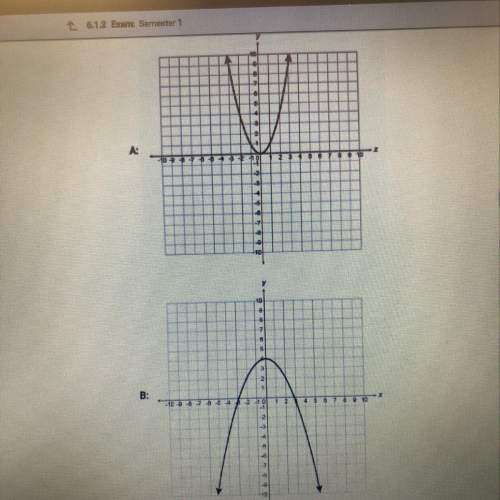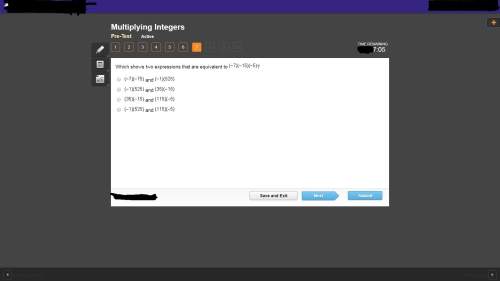
Mathematics, 02.04.2021 01:00 cruzheidy4410
Can someone help me with this question? When solving a system of equations, Jared found y = x + 10 for one equation and substituted x + 10 for y in the other equation. Nicole found x = y – 10 for the same equation and substituted y – 10 for x in the other equation. Who is correct? Explain.

Answers: 3


Other questions on the subject: Mathematics

Mathematics, 21.06.2019 14:30, nataliahenderso
Which interval for the graphed function contains the local maximum? [–3, –2] [–2, 0] [0, 2] [2, 4]
Answers: 2

Mathematics, 21.06.2019 16:30, kittylover613
Ivan and jeff buy a package of 8 pens for $4.00. ivan wants 5 of the pens, and jeff wants 3.how much should each student pay?
Answers: 1

Mathematics, 21.06.2019 20:30, jthollis1348
Which expression is equivalent to (4 +6i)^2? ? -20 + 48i 8 + 12i 16 - 36i 20 + 48i
Answers: 1

Mathematics, 21.06.2019 22:30, cbkhm
Tommy buys a sweater that is on sale for 40% off the original price. the expression p -0.4p can be used to find the sale price of the sweater, where p is the original price of the sweater. if the original price of the sweater is 50, what is the sale price?
Answers: 1
You know the right answer?
Can someone help me with this question?
When solving a system of equations, Jared found y = x + 10...
Questions in other subjects:


Health, 07.04.2020 19:37

Mathematics, 07.04.2020 19:37

Mathematics, 07.04.2020 19:37










